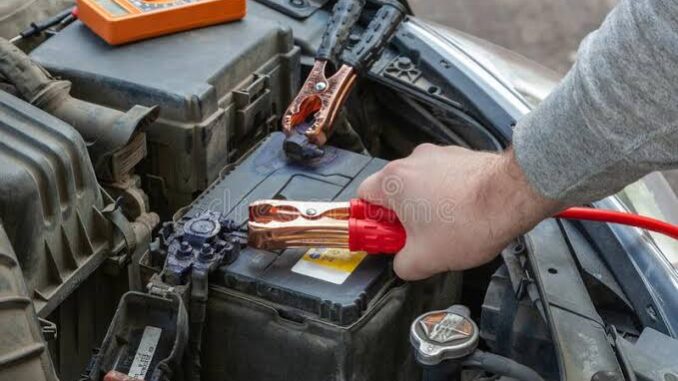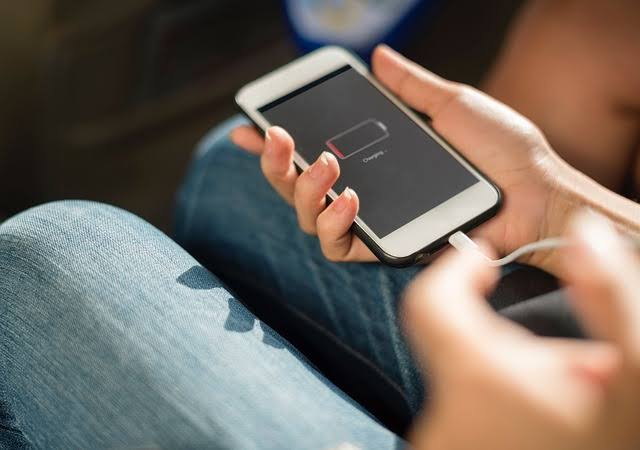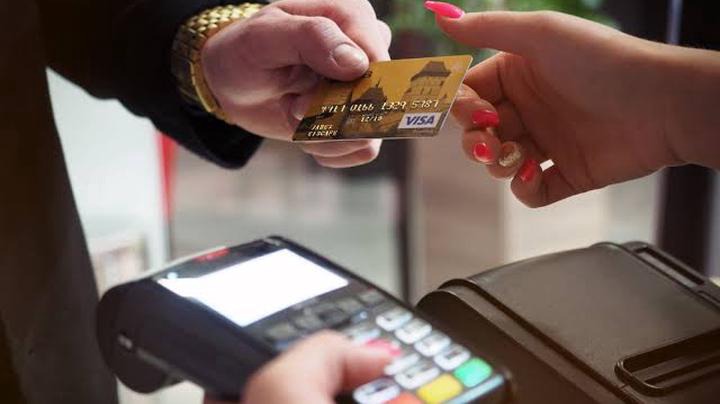
There’s nothing more frustrating than finding yourself stranded with a dead car battery. Whether you’re running late for an important meeting or simply trying to get home after a long day, a dead battery can put a major dent in your plans. However, there are several steps you can take to get back on the road as quickly as possible. Here’s what to do when your car battery runs down.
Assess the situation:
When you realize your car battery has died, take a moment to assess the situation. Are you in a safe location? Is there anyone nearby who can assist you? It’s important to prioritize your safety and the safety of others while dealing with a dead battery.
Confirm it’s a dead battery:
Sometimes, a car may not start due to reasons other than a dead battery. Check the headlights, interior lights, and dashboard indicators to see if they’re working. If they are, the problem may lie elsewhere, such as a faulty starter or alternator. However, if there’s no response from your car when you turn the key, chances are it’s a dead battery.
Seek assistance:
If you’re in a safe area and have access to a phone, call for roadside assistance. Many insurance companies and automobile clubs offer this service, and they can quickly dispatch a professional to jump-start your car. This is often the easiest and safest option, especially if you’re unsure how to handle the situation yourself.
Jump-start your car:
If you have access to jumper cables and a willing helper, you can attempt to jump-start your car. First, position the working vehicle close to yours so the batteries are within reach of the jumper cables. Make sure both cars are turned off, then connect the positive terminal (+) of the dead battery to the positive terminal of the working battery. Next, connect the negative terminal (-) of the working battery to a metal part of the engine block or frame of the dead vehicle. Finally, start the working vehicle and let it run for a few minutes before attempting to start your car. If all goes well, your car should start, and you can remove the cables in reverse order.
Push-start your car:
In a manual transmission car, you can try push-starting it if you have a couple of helpers. With the ignition turned on, put the car in second gear and have your helpers push the car to gain some momentum. Once you reach a reasonable speed, release the clutch pedal quickly while giving the car some gas. If the battery is the only issue, the engine should fire up. Remember, this method won’t work with an automatic transmission.
Replace the battery:
If your car battery consistently runs down or is old and no longer holding a charge, it may be time to replace it. Visit an auto parts store or a mechanic to purchase a new battery and have it installed. Make sure to choose the right battery for your vehicle’s make and model, and dispose of the old battery properly.
Take preventive measures:
To avoid future battery-related inconveniences, consider taking some preventive measures. Regularly inspect your battery for any signs of corrosion or damage, and clean the terminals if necessary. Additionally, if you often make short trips or leave your car parked for long periods, invest in a battery charger or maintainer to keep the battery charged.
Dealing with a dead car battery can be a frustrating experience, but with the right knowledge and tools, you can quickly resolve the issue. Remember to prioritize your safety, seek assistance when needed, and consider taking preventive measures to avoid similar situations in the future.








Leave a Reply